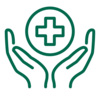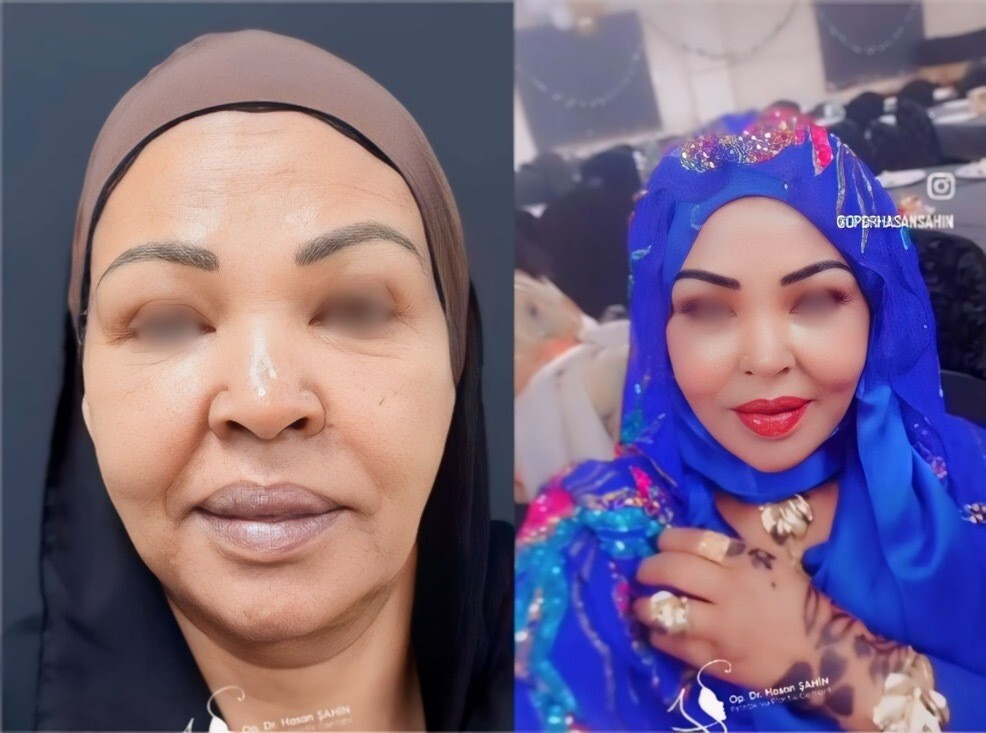Scoliosis is a pathological condition involving a permanent lateral deviation of the spine, often accompanied by rotation and deformation of individual vertebrae.
This condition can be congenital or acquired later in life. The abnormal curvature of the spine cannot be corrected spontaneously and may become progressively worse over time. In severe cases of scoliosis, surgery may be required to prevent further complications and improve the patient's quality of life.








